Butterflies in the Garden
It is telling that when Richard South, the eminent entomologist, wrote The Butterflies of the British Isles in 1906 he stated that “half of our native butterflies are so widely distributed that the collector should secure nearly all of them in his first season.” Today, that would almost certainly be impossible and, fortunately, the collecting of butterflies, along with the collecting of bird’s eggs, is largely a thing of the past.
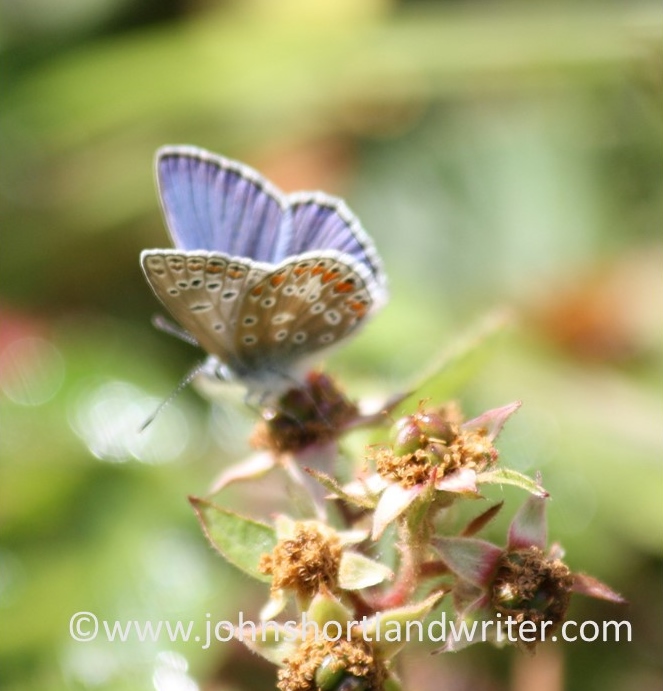
Common Blue Butterfly
Butterflies, as well as many other insects, have become increasingly scarce for the wildflower meadows that many rely upon for breeding success have been lost with changes in farming practice. Since South’s day 97% of our meadows have disappeared either to the plough or by the use of fertilisers and chemicals to ‘improve’ the grassland.
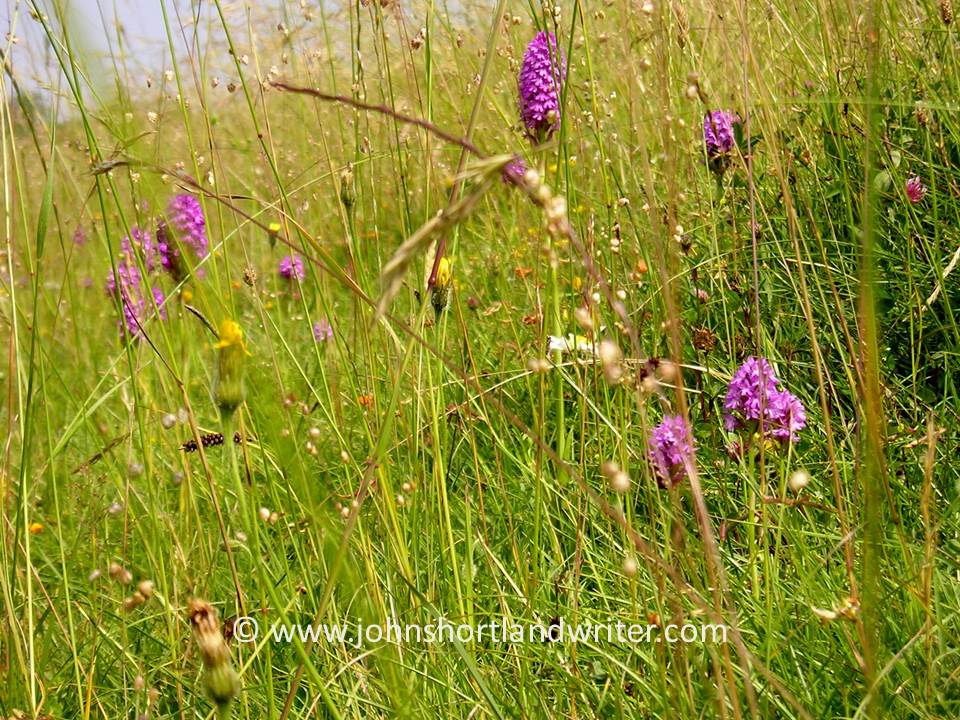
Pyramidal orchids flowering in a traditional meadow
Where wild flowers thrive – in protected meadows, organic farms and odd corners of the landscape – butterflies can still be found, although rarely in great profusion. Gardeners can be of great help when it comes to conserving wildlife and by allowing some of our native species to grow in our gardens we are able to see a number of butterflies at close proximity. I will shortly be writing an article on growing wild flowers in the garden so, as they say, watch this space…

Gatekeeper Butterfly on Wild Scabious
In the secret valley, we are fortunate in having a number of unimproved meadows and banks, deserted drove roads and flower-rich roadside verges, all of which means that butterflies readily come into our garden. Even in town gardens a limited number of species will gradually appear and increase in number.

The wild Geranium pratense is common throughout the Cotswolds and readily available to buy as a garden plant too
One of the first butterflies to be seen on the wing in spring is the Brimstone. Flying at the first hint of warmth, they lay their eggs on Buckthorn, Rhamnus cathartica, a spiny shrub that can be grown in the garden as a clipped hedge or allowed to grow freely. Its citrus green flowers are followed by shiny black berries in the autumn. In the image below the Brimstone is feeding from Ceonothus flowers, a popular garden shrub.

A common butterfly seen from mid-summer onwards is the Peacock, collecting in numbers to feed from Buddleia flowers. This is such a popular shrub with butterflies that it is often known as ‘the butterfly bush.’ This Peacock is visiting Dame’s Violet, a scented herbaceous plant.

Another butterfly that visits buddleia is the Comma which has increased steadily in numbers in recent years. The Comma can be readily identified by the shape of its jagged wings and the white comma mark that is visible on the underwing when the butterfly is at rest. It lays its eggs on currants, hops, willows and nettles.
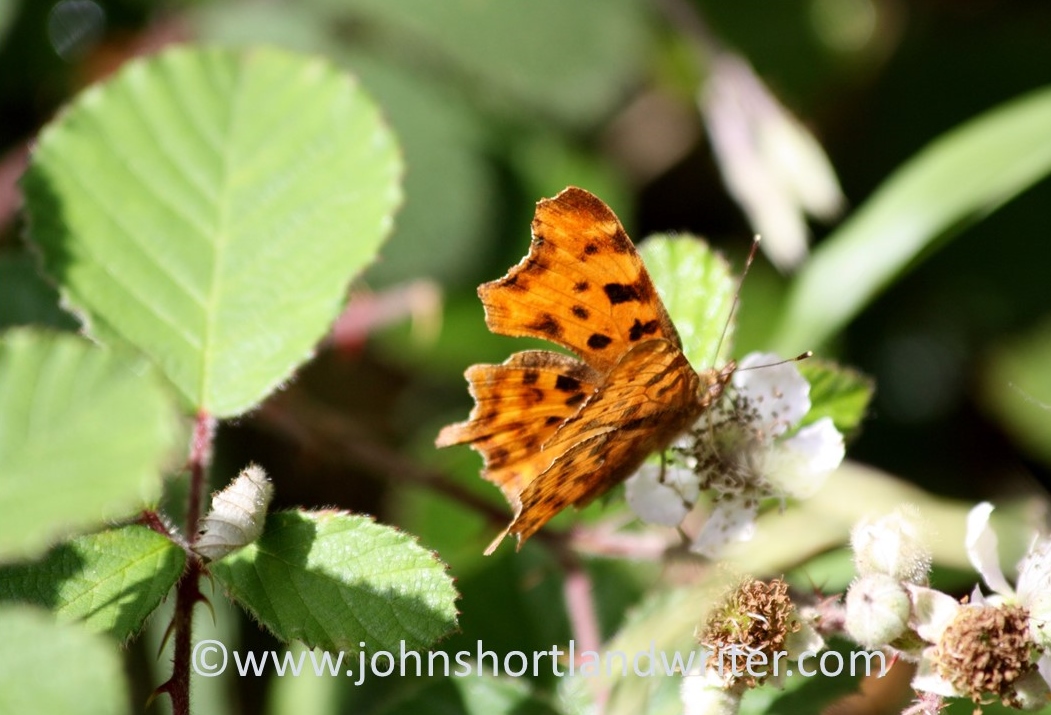
Not all butterflies are brightly coloured as those above and the Meadow Brown, in comparison, is quite drab. As its name suggests, it is found in grassland often in relatively large numbers and flying up from beneath your feet as you walk. Not restricted to the countryside, keep an eye out for it in parks, cemeteries and gardens. The photo below shows a female Meadow Brown resting on lavender; it can be identified by the orange markings on its wing. Compare it with the all brown male feeding on achillea.


All butterflies fly in daylight but not all moths fly at night. Moths aren’t always dull either: the day fliers can be very bright. One of the most spectacular to be found in gardens in the south and west of England is the Scarlet Tiger. Its caterpillars feed on a variety of plants including comfrey, honeysuckle and nettles.
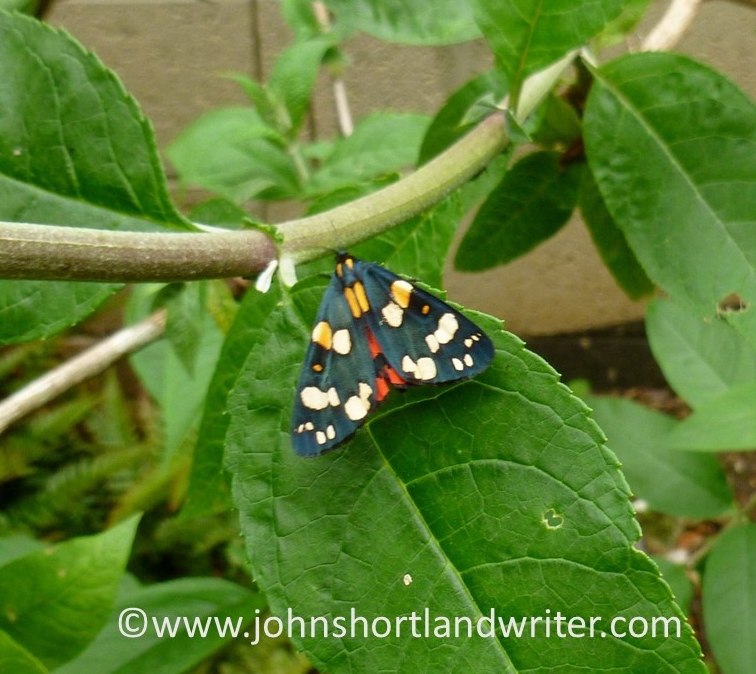
Want to know more? The excellent website of Butterfly Conservation, the UK’s leading charity, has good identification pages for both butterflies and moths as well as a host of other information. Better still, get out into the garden or countryside armed with camera and ID sheets. Good butterflying!
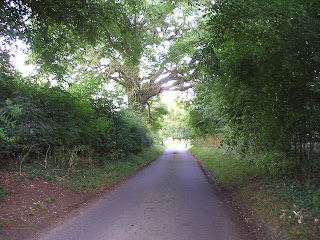
Comments
Post a Comment